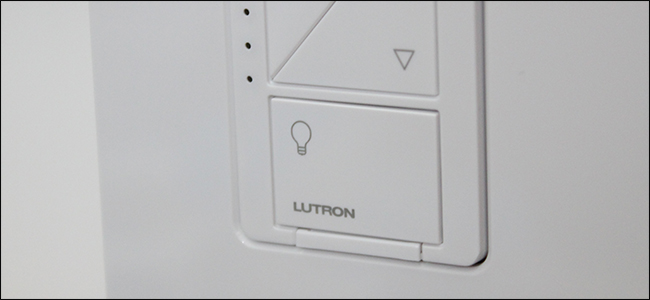
A lot of smarthome devices connect via Wi-Fi, which is fine if you only have a handful of them installed. However, if you plan on decking out every room in your home with smarthome gear, be wary of Wi-Fi.
There’s nothing wrong with Wi-Fi-based smarthome devices, but the more you install in your home, the more congested your Wi-Fi network can get. If you’re just starting and are still slowly building up your smarthome, you don’t have anything to worry about yet. However, if you ever plan to add smarts to every switch, outlet, light bulb, and every other device in your house, you may want to use something other than Wi-Fi, and here’s why.
Wi-Fi Has Its Limits
Wi-Fi sure seems like a magical technology with limitless possibilities, but it’s not invincible. It has limitations you should consider.

A Wi-Fi router can theoretically support up to 255 connected client devices. But, even though it’s possible to connect 255 devices to your router, it’s not even close to practical. Not only would all of those devices be competing for bandwidth on your single internet connection, but all of your Wi-Fi devices would be interfering with each other to the point that nothing would get a good wireless connection.
Granted, you’ll probably never get to the point where you have that many devices connected to your home network. But, if you convert every switch, outlet, and light bulb to a Wi-Fi-enabled smart version, you might end up getting very close to hitting that 255 number, depending on the size of your house. And that’s not even counting your phones, laptops, streaming boxes, and more.
Wi-Fi 6 could fix the congestion issue once hardware supporting this new standard appears later in 2019, but you’ll still deal with the device quantity limitation. The fewer devices you have, the better.
Stick to Z-Wave or ZigBee for Lights, Switches, and Outlets

Read the remaining 10 paragraphs
from How-To Geek https://ift.tt/2TwkX9F

No comments:
Post a Comment